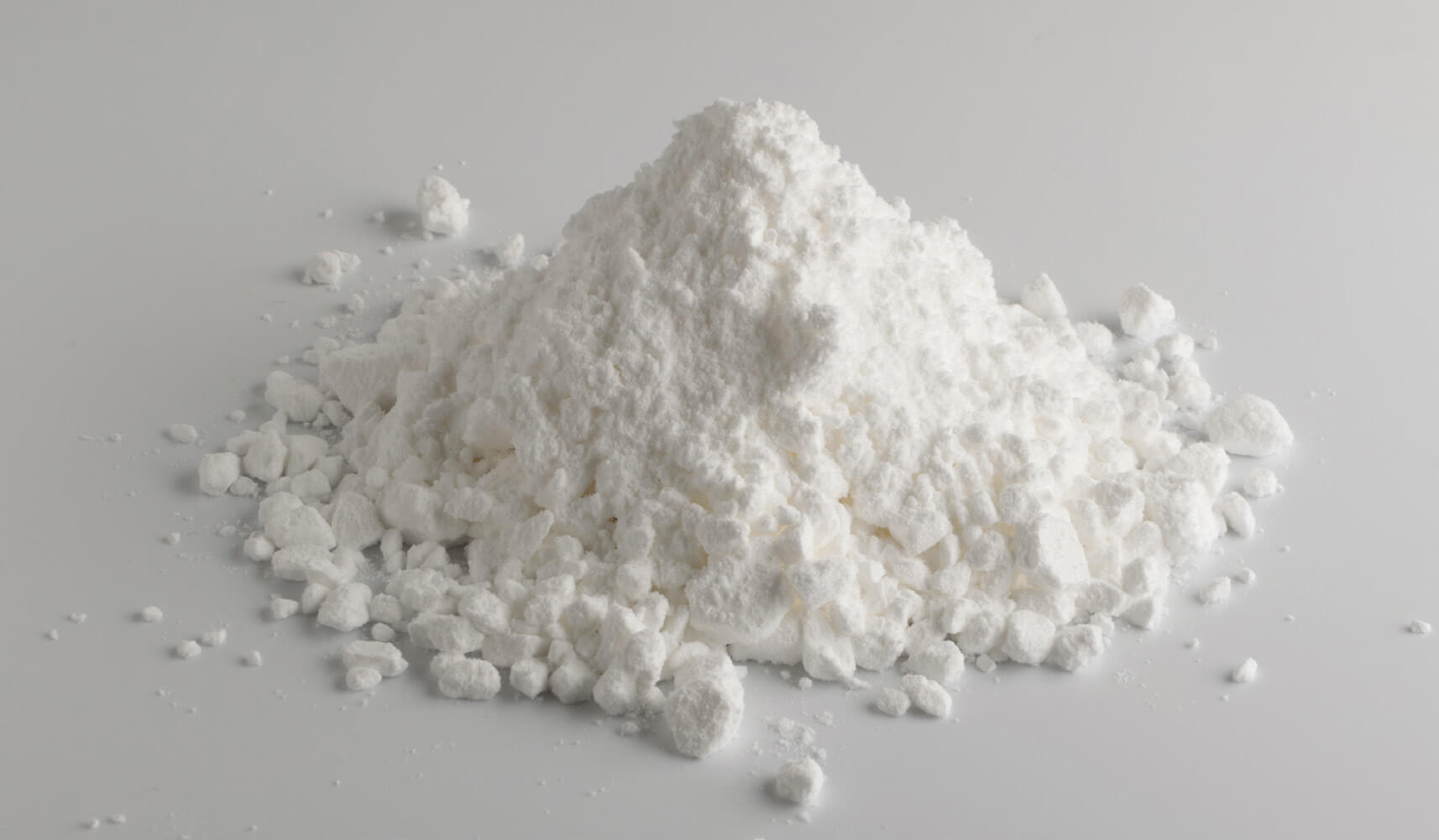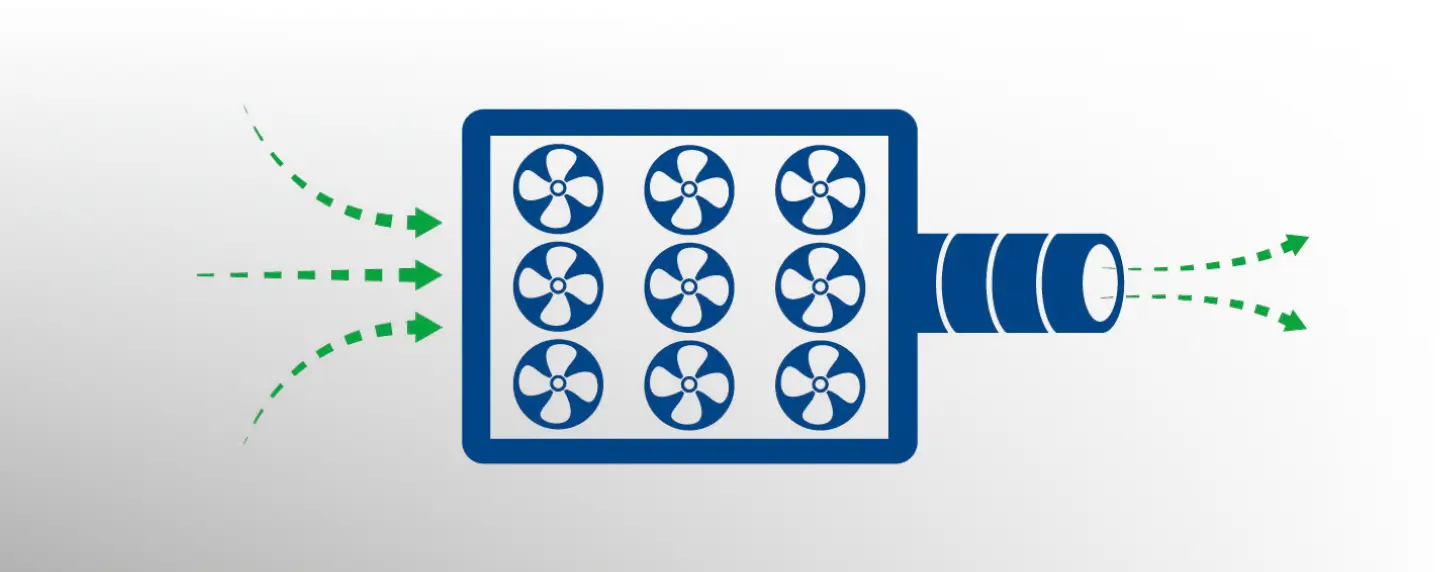How Chemical Defects Influence the Charging of Nano-porous Carbon-based Supercapacitors
Ion desolvation and confinement are key physical processes in porous-carbon-based Electrical Double-Layer supercapacitors (EDL) undergoing charging and discharging cycles. The term of electrical double layer (EDL) capacitor comes from the classical picture of non-porous electrodes that accumulate oppositely charged ions at their vicinity upon voltage polarization in a mean-field dielectric continuum description of the solvent […]
Sample Grinding: What Happens to Surface Structure When a Material is Ground
What happens to a material when it is physically modified? Four materials were ground and sieved to create four particle size ranges. The unmodified material and these four size ranges were analyzed to obtain density, surface area, and porosity values. The AccuPyc II, a gas pycnometer, was used to obtain the sample density. Surface area […]
How Crystal Materials Will Save the World
That composition and structure can so profoundly impact the properties of crystalline materials has provided impetus for exponential growth in the field of crystal engineering over the past 30 years. Crystal engineering has evolved from structure design (form) to control over bulk properties (function). Today, when coupled with molecular modeling, crystal engineering offers a paradigm […]
Exploiting Multiple Gas Adsorption Isotherms for Consistent Pore Size Analysis
For years, the characterization of the surface area and pore size distribution (PSD) of porous materials has been dominated by the analysis of adsorption isotherms of nitrogen (N2) measured at its boiling point (77 K). Because N2 is easily available, not expensive, and routinely used in laboratories, it will continue to be the most used adsorbate […]
High Pressure Breakthrough Analysis Influence of Pressure on Carbon Capture
Introduction Isotherms are typically collected using static adsorption measurements as it is both easier and faster than collecting isothermal data on a breakthrough system. Static measurements, however, cannot mimic flows or gas impurities, and for this reason it may be necessary to collect breakthrough data at varying pressures to analyze and optimize your process. This […]
Breakthrough Analysis on the AutoChem

Introduction The AutoChem is a flow-through system that allows for the characterization of catalysts for surface activity. The AutoChem can also function as a basic single component breakthrough unit allowing for carrier, preparation, and analysis gas flows. This document will describe how to perform a breakthrough analysis using the AutoChem alongside a mass spectrometer. Experimental […]
Micromeritics Physisorption Analyzer Isotherm Collection & Instrument Operation

Micromeritics produces several instruments used for determining physical adsorption isotherms. Most of these utilize the static (manometric) adsorption method, where the amount of gas adsorbed by the sample is determined from pressure and temperature measurements, and gas laws that account for the non-ideal behavior of the adsorptive. The amount of gas dosed onto the sample […]
Helium Effects on ASAP Series Micropore Analyses
Many microporous materials (such as carbons, zeolites, and molecular sieves) retain helium in their pore structures after being exposed to helium. The helium penetrates deep into the pores and takes a long time to diffuse from the material. A study was performed in which analyses were performed on a microporous carbon cloth exhibiting typical helium […]
Determining Free-Space Values for ASAP Series Micropore Analyses
Many microporous materials, such as zeolites and activated carbons, trap and hold helium in their complex pore structures for many hours after being exposed to helium. Helium trapped in micropores can interfere with the analysis at low pressures, causing an “S-shaped” curve at the lower end of the isotherm*. For this reason, it is recommended […]
Analysis Of Adsorbents For Direct Air Capture Of Carbon Dioxide Using Breakthrough Analysis

Introduction Anthropogenic carbon dioxide emissions have led to rising concerns of global warming. Carbon dioxide in the atmosphere is more efficient at trapping heat than the other components in the air, chiefly nitrogen (78%), oxygen (20.9%), and argon (0.9%). Carbon dioxide concentration in the atmosphere has risen from 280 ppm in the early 1900s to […]